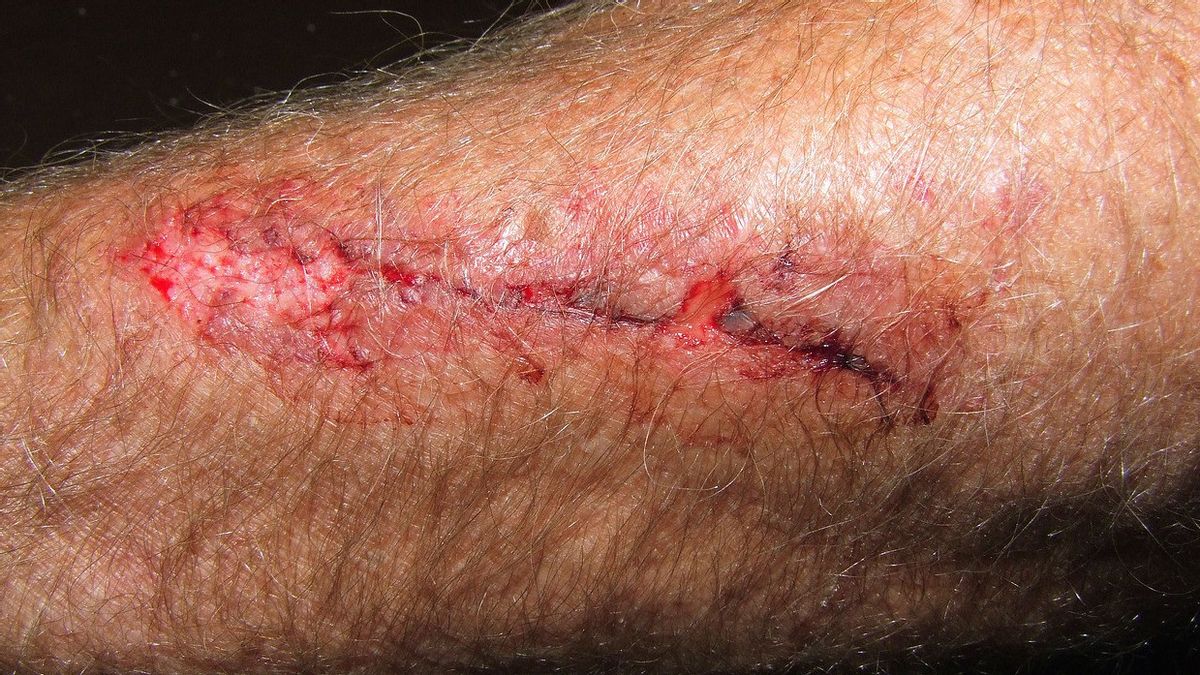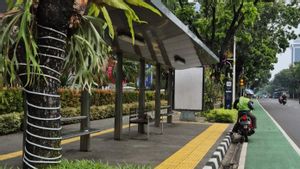YOGYAKARTA The process of healing wounds on the skin varies widely on everyone, depending on the location, severity, and length of injury.
In mild cases, wounds can dry up quickly through simple treatments. However, in certain cases, it can be difficult to recover, especially if it is accompanied by bacterial infections.
The process of healing wounds on the skin is divided into four stages, including:
The first stage of healing wounds on the skin is hemostatic or blood clotting. When you experience open wounds caused by stinging, scratched by sharp objects, or stab wounds, the injured skin will usually bleeding.
When this happens, the blood vessels will immediately narrow to run the process of blood clots so that the body does not lose too much blood.
In the process of blood clotting, initially liquid blood will thicken and clot. This pharyphicle then turns into a keropeng when it drys.
The blood component that functions to help with the blood clotting process is platelets. The platelet is also known as a blood platelet.
When bleeding stops, the blood vessels will widen to drain fresh blood into the area of the injured body. Fresh blood is needed so that the wound healing process runs quickly.
In this stage, the wound will feel warm, swollen, runny wounds, and redden for some time.
At the inflammatory stage, white blood cells will kill germs in the wound area. In addition, white blood cells also produce chemical compounds that can repair damaged body tissue. After that, new skin cells will grow and cover the wound.
After white blood cells kill germs in the wound area, the body will form aearing. Oxygen-rich red blood cells will create a new tissue to cover the wound, quoted from AI-Care.
Chemical compounds in the body will send signals in the wound area to form an elastic tissue (collagen) that repairs damaged skin and tissue.
At this stage, you will see a fresh red scar. Scars will slowly fade in color and look more evenly distributed.
The last stage of the wound healing process is maturation or strengthening the network.
After the wound is closed, the wound healing process is still ongoing. You may see the wound become pink, stretched and stunned accompanied by itching. This happens because there is a network maturation process.
This process could take months or even years. This is the reason why the longer the scar is, the more it looks.
The sign that the wound has really recovered is that the skin will be just as strong as before suffering a wound.
However, the appearance of the scar may look different from the normal skin. This is because the skin is composed of two proteins, namely collagen which gives skin and elastin that clashes the skin.
in scars, the skin cannot produce new elastin so the scars are entirely made of collagen. The new skin formed on the scars is generally strong, but less flexible than the surrounding skin.
That's information about the wound healing process. Get news updates of other options only on VOI.ID.
The English, Chinese, Japanese, Arabic, and French versions are automatically generated by the AI. So there may still be inaccuracies in translating, please always see Indonesian as our main language. (system supported by DigitalSiber.id)









